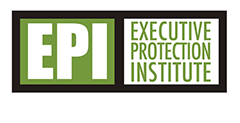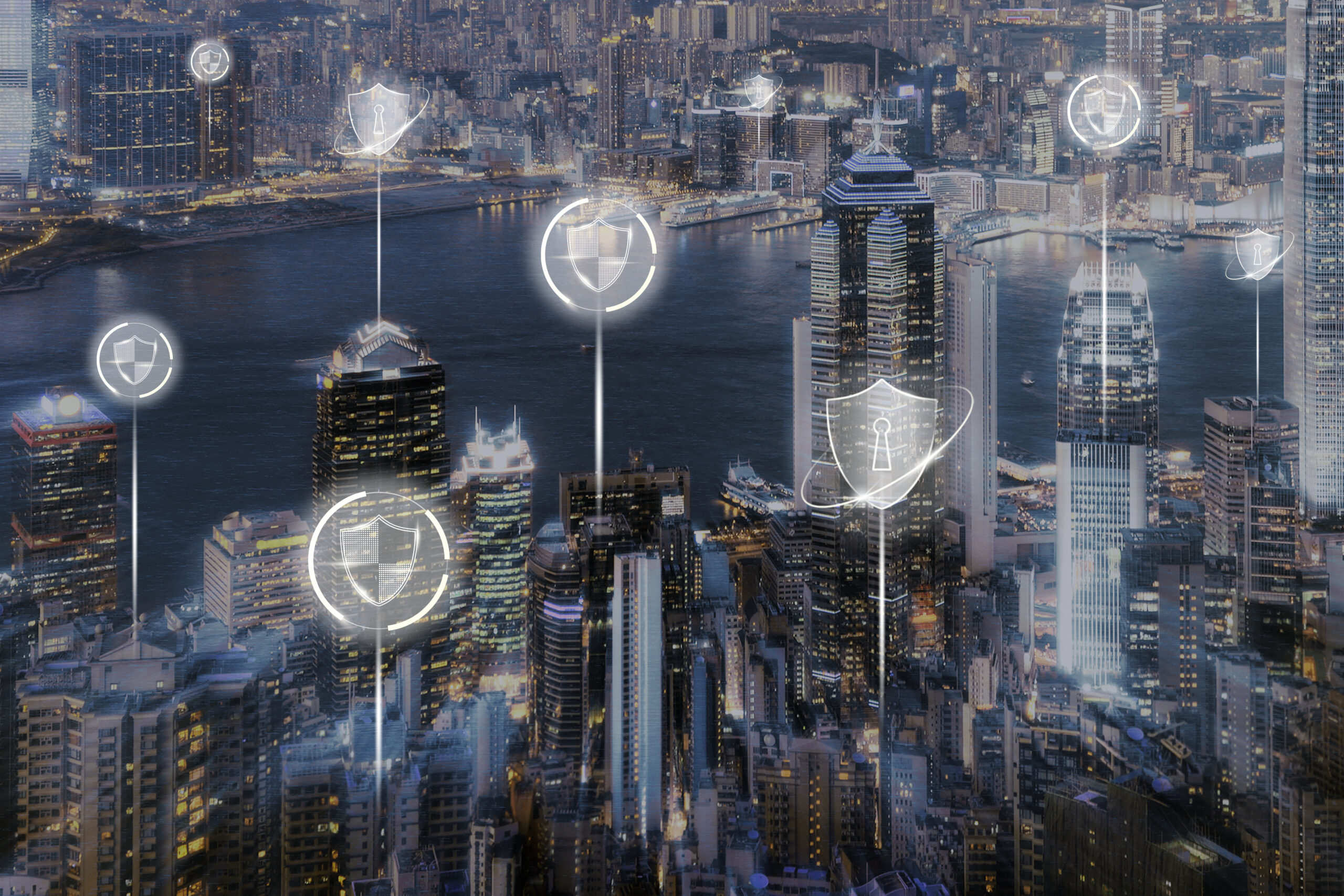Advanced skills in executive protection are what set the great agents apart from the good ones. Honing and obtaining these skills is no easy feat, often requiring years of extensive training and experience. However, if you’re looking to move up in your career and expand your knowledge, here’s what you need to know about the advanced skills in executive protection.
Top 8 Advanced Skills in Executive Protection
Advanced skills in executive protection go beyond basic security measures and courses. They require specialized training, experience, and an understanding of various threats clients might face. Even though they’re difficult to master, having these skills can put your heads and shoulders above other executive protection agents around you.
Risk Assessment and Threat Analysis
Doing risk assessments and threat analysis is a cornerstone of executive protection. It allows you to identify, analyze, and evaluate potential threats and vulnerabilities, enabling you to develop effective strategies.
An advanced risk assessment entails a more complex and comprehensive process that incorporates specialized tools and techniques. The key components of an advanced risk assessment include:
- Threat identification
- Vulnerability analysis
- Impact assessment
- Risk mitigation strategies
- Continuous monitoring
Another part of doing an advanced risk assessment is using predictive analysis. It is a process that involves using data analytics and intelligence to anticipate potential threats before they appear.
The proactive approach uses several methodologies to forecast risk and improve the effectiveness of your security measures. As part of predictive analysis, there is data mining, statistical modeling, behavioral analysis, geospatial analysis, machine learning, and scenario planning.
Surveillance and Counter-Surveillance
Surveillance and counter-surveillance technology has dramatically evolved in the past few years alone. It’s now enabling surveillance to become more sophisticated and complex. Drones, facial recognition software, and other tools are now all coming into play.
On the other hand, counter-surveillance, while incredibly effective, is still one of the most underused methods for protection.
Combining the elements of surveillance and counter-surveillance, learning the necessary tools, and keeping up with technological advancements are all part of the advanced executive protection skillset.
Defensive Tactics and Combat Training
Simply being familiar with close-quarter combat or firearms is not an option if you want to advance your skills. As part of advanced tactics, you will have to be proficient in close-quarter combat, disarming techniques, and other, non-lethal defense methods.
What’s more, you must be incredibly proficient at handling and using firearms. That means being graded as advanced marksmen and having learned tactical shooting.
Luckily, defensive tactics and combat training are the more popular skills in executive protection. If you want to get better at these, earn certificates, or maintain your skills, you have many schools, classes, and courses available to you.
Medical and Emergency Response
Your ability to provide immediate medical assistance, including CPR, trauma care for gunshot wounds, and AED use is what will make the difference between life and death. In addition to gunshot wounds, trauma care also involves:
- Fractures and sprains
- Burns
- Shock management
You can also train in TCCC (Tactical Combat Casualty Care) principles to provide more effective medical care in high-threat environments. Finally, you should have medical equipment proficiency and know how to assemble and use advanced first aid kids tailored to specific threats and environments.
Strategic Planning and Logistics
Strategic planning and logistics are divided into two key categories: operational planning and coordination and liaison.
Operational planning tackles creating comprehensive security plans, route planning, contingency planning, and venue security. On the other hand, coordination and liaison means building and maintaining relationships and partnerships with other agencies and agents that can help better integrate protective measures. These include local law enforcement, event security teams, emergency services, and private security teams.
Protective Intelligence
When it comes to protective intelligence, the three terms to know are:
- Open-Source Intelligence (OSINT)
- Human Intelligence (HUMINT)
- Technical Intelligence (TECHINT)
OSINT tackles collecting information from public sources and doing data analysis, while HUMINT tackles field observations and working with information. TECHiNT deals with surveillance technology and electronic monitoring.
Having these advanced skills in executive protection is what will set you apart from other agents. By honing on protective intelligence, the industry will open up to you much more and you will have access to jobs and positions you never thought possible before.
Driving and Transportation Skills
Driving and transportation skills are the cornerstone of the executive protection industry. While many training courses offer basic defensive driving classes, you can truly never know enough or practice enough.
First off, start by maintaining high situational awareness and mastering the techniques of collision avoidance. You should also have an excellent grasp of high-speed evasive maneuvers, as well as obstacle navigation.
As part of advanced driving skills, you should be well-versed in vehicle dynamics and maintenance. You should know about handling, braking, and acceleration to maximize performance and how to load a vehicle to ensure optimal performance and stability.
Your job will also require you to perform routine checks, do pre-trip inspections, and keep a maintenance schedule. Finally, be sure you know how to do basic emergency repairs and that your tool kit is well-equipped.
Cultural and Situational Awareness
Understanding cultural sensitivity involves conducting thorough research on cultural norms, customs, and etiquette in various regions to avoid offending local populations. This includes participating in cultural sensitivity training to enhance understanding and awareness.
Respectful interaction requires adapting communication styles to align with cultural expectations and preferences, as well as adjusting dress and behavior to conform to local customs and norms.
Adaptability is key to maintaining a flexible mindset, which includes staying aware of the environment and adjusting security measures as needed. Quick, informed decision-making is essential to address changing situations effectively.
This adaptability extends to diverse environments, necessitating adjustments for both urban and rural settings with their unique security challenges. Additionally, navigating the complexities of international travel involves understanding different legal systems and addressing varying security threats.
Final Thoughts on Advanced Skills in Executive Protection
Advanced skills in executive protection are what set great agents apart from good ones. Mastering these skills requires years of extensive training and experience, making them a significant investment in your career.
From advanced risk assessments and predictive analysis to strategic planning and logistics, each skill enhances an agent’s ability to foresee, mitigate, and respond to various threats effectively.


